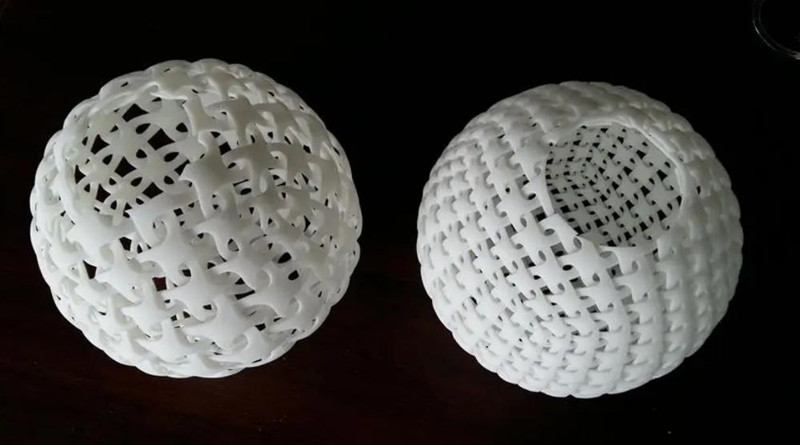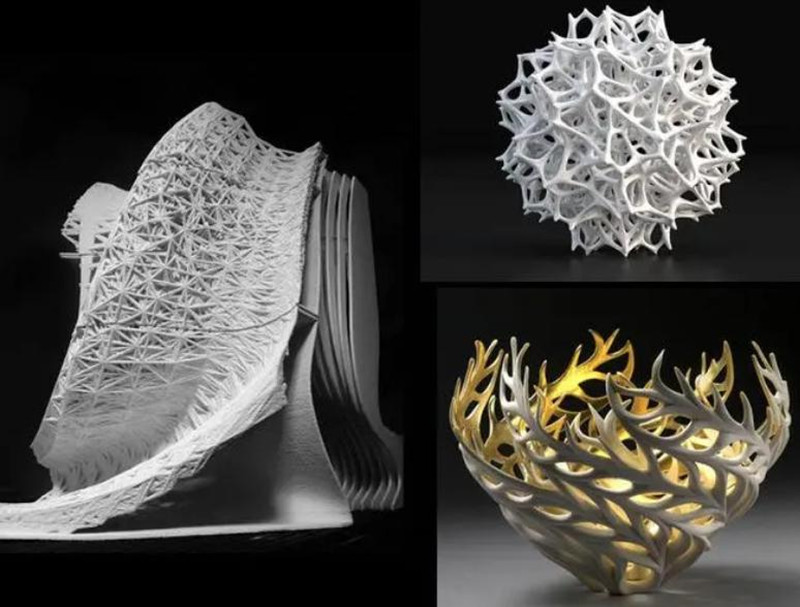

As 3D printing becomes more accessible to the masses, it has also brought up discussions about the dimensional accuracy of 3D printed objects.
Dimensional accuracy, for those who are not familiar, refers to how closely the physical measurements of a printed object match the intended design dimensions. For example, if you intended to print a cube that measures 2 cm on each side, but the printed cube is only 1.8 cm on one side, it would mean that the dimensional accuracy is off by 0.2 cm.
This issue of dimensional accuracy is an ongoing concern, particularly in industries such as aerospace engineering and medical research where a high level of precision is critical for the safety and functionality of the final product. In these industries, even the slightest discrepancy in dimensional accuracy can have significant consequences.
Fortunately, the 3D printing industry has made significant strides in improving dimensional accuracy over the years. For instance, advancements like machine learning algorithms and improved hardware components have greatly increased precision and speed. Plus, there are various software tools that can help optimize the print files, making sure that the printed products retain their intended dimensions.
However, achieving high dimensional accuracy still remains a challenge. There are multiple factors that can impact the final result, including the material used for printing, the temperature and humidity of the printing space, and even the calibration of the printer itself.
To overcome these obstacles and improve the dimensional accuracy, several techniques have been developed. One common technique is to use a calibration cube, which is a small 3D printed object with precise dimensions that can be used to calibrate the printer to print more accurately. Another approach is to use machine learning algorithms to analyze print data and make adjustments to the printing process in real-time.
In conclusion, dimensional accuracy remains a crucial factor to consider in the world of 3D printing. While there are various techniques and tools available to improve the precision of 3D printed objects, there is still work to be done to achieve the highest level of accuracy. As technology continues to advance, we can expect to see even more improvements and innovations in this area.


